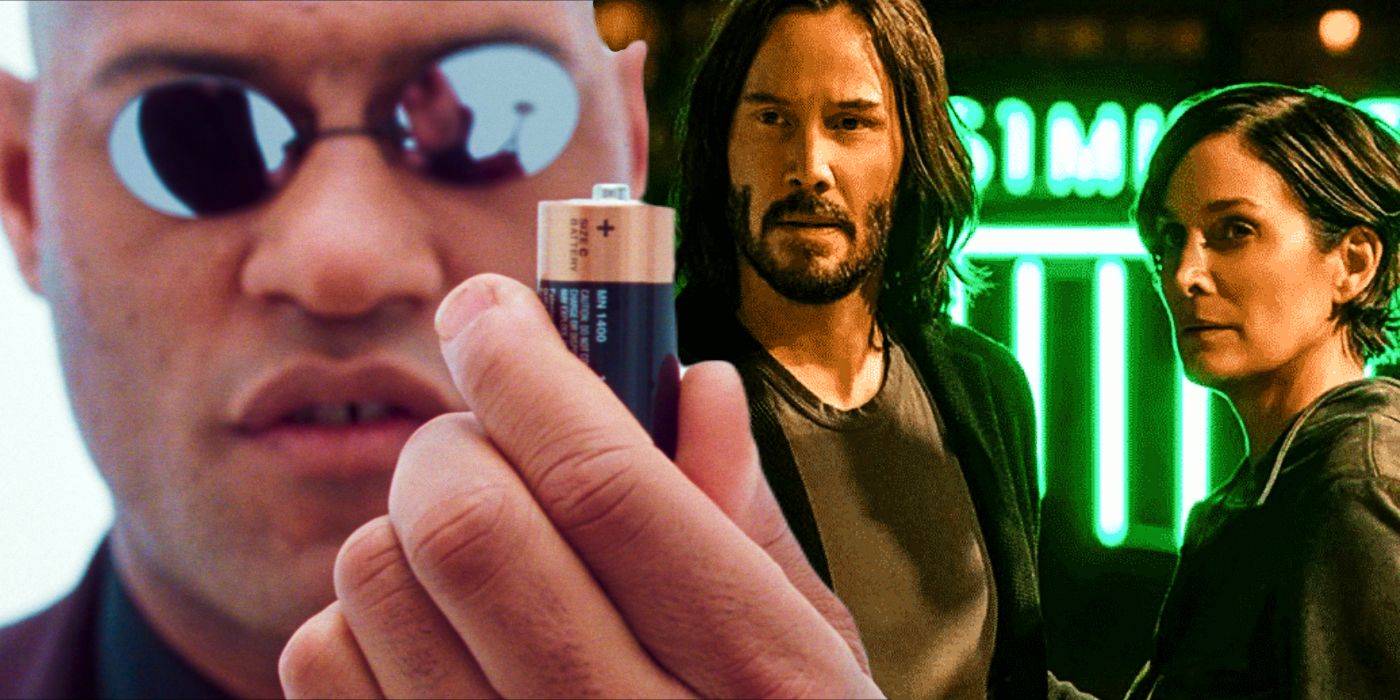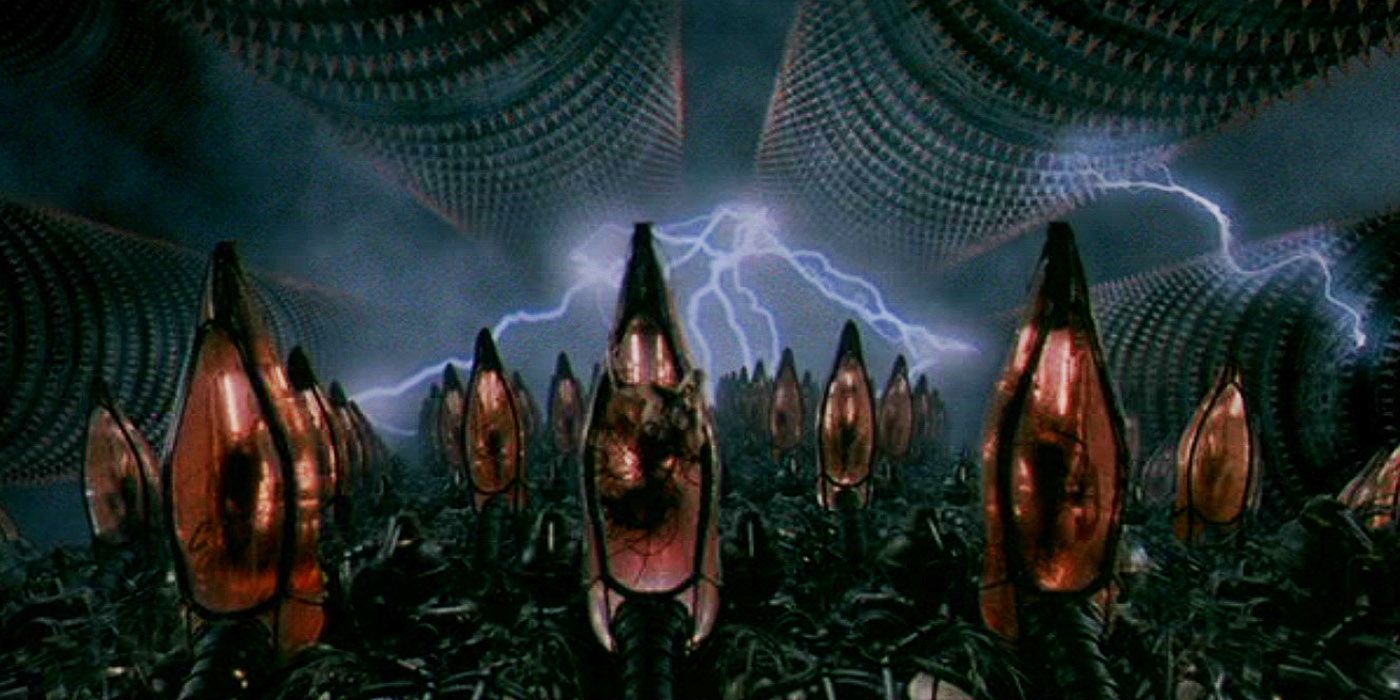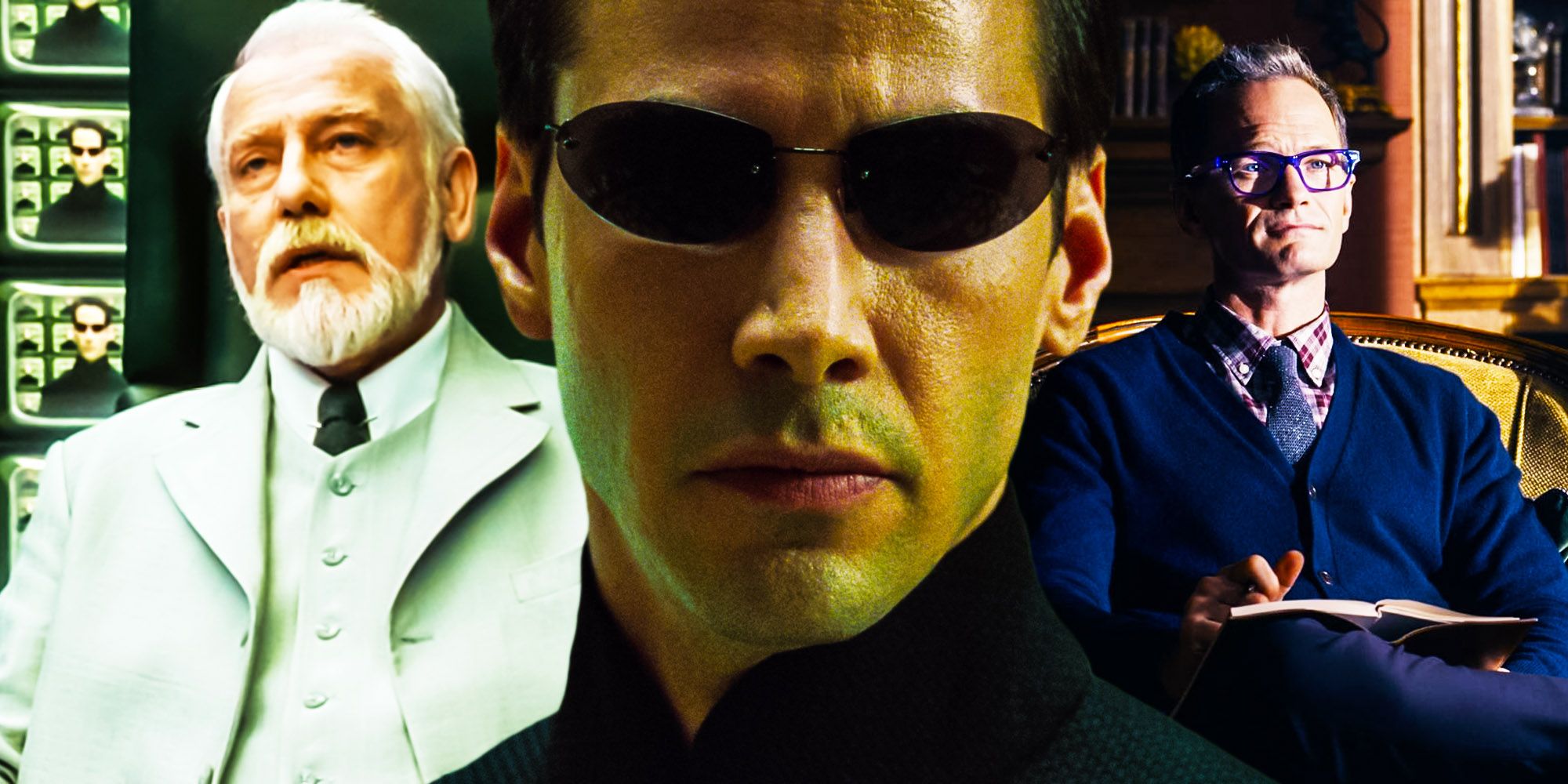The Matrix Resurrections wasted the chance of fixing The Matrix’s first and most significant plot hole. After almost two decades in which a Matrix reboot seemed more and more likely, a true Matrix Revolutions sequel finally happened and brought back Keanu Reeve as Neo and Carrie-Anne Moss as Trinity. As an actual sequel to the Matrix trilogy and not just a reboot, Resurrections had the opportunity to revisit famous Matrix theories and storylines.
While 20 years separate Resurrections from Revolutions, the fourth Matrix movie takes place 60 years after Neo put an end to Matrix's Second Machine War. Such a time jump helped the sequel to move beyond the “happy ending” Neo achieved at the end of the original Matrix trilogy, thus allowing a new conflict to happen. However, the Analyst’s story in Resurrections continued The Matrix’s first plot hole.
The Matrix’s Human Batteries Never Made Sense
The Matrix establishes that the machines needed humans as batteries, with Morpheus explaining to Neo that humans generate “more bioelectricity than a 120-volt battery.” However, considering how large and complex the structure of the machines in The Matrix was, it is just not reasonable to imagine that human beings alone would be enough to power such a system. Even if the machines had the technology necessary to convert what Morpheus describes as “body heat” into electricity at an almost perfect rate, that alone would require energy and the final balance would just not be worth it. Matrix is science fiction and obviously can bend those rules easily, but it was a flaw nonetheless.
In the DVD Commentary for the Ultimate Matrix Collection’s version of The Matrix, when commenting about the machines’ purpose and how the Matrix works, the Wachowskis revealed that they “originally had a different idea." In Neil Gaiman's Goliath, a short story that takes place in the world of Matrix, it was suggested that the machines were actually using humans as processors, an additional boost to the machines’ computer power. Though the Matrix universe is one of the first examples of an Expanded Universe combining film with other media, Gaiman’s explanation for why the machines needed humans was never referenced or confirmed by the Wachowskis.
Matrix Resurrections Debunked Every Theory About The Matrix’s True Purpose
Other famous theories, which all worked as a The Matrix retcon, suggested that the machines were studying the human brain using the Matrix simulation or that humans were the ones who designed the Matrix to prevent humanity from being extinct. Those theories remain popular for years, as it was always possible to find new clues and details in the Matrix movies. However, with the release of The Matrix Resurrections, all theories regarding the machines’ true purpose were debunked. In fact, Resurrections’ story revolves around a Machine Civil War caused by a power shortage following the truce between humans and machines that Neo achieved.
The only reason why the Analyst was able to create his own Matrix iteration was that the machines were facing a power shortage caused by the humans’ ability to leave the Matrix simulation whenever they wanted. Also, what made Neo and Trinity so valuable to the Analyst was that, when placed close to each other inside the Matrix, the duo generated far more electricity than the other humans. Not only did The Matrix Resurrections confirm that the machines really used humans for power, but it also centered the story on it. Therefore, all the "machines’ true purpose" theories were proven wrong in The Matrix Resurrections.



